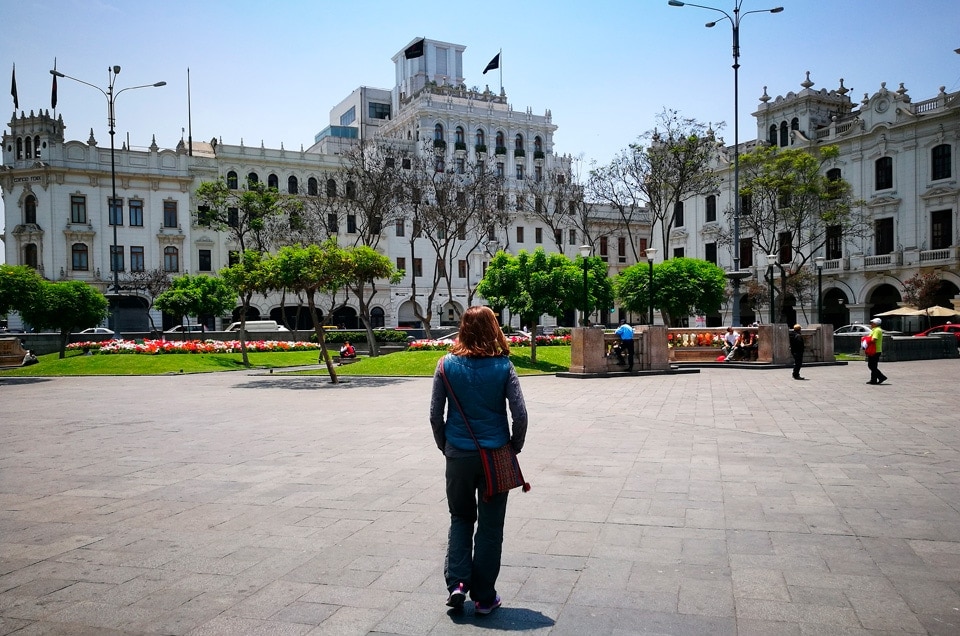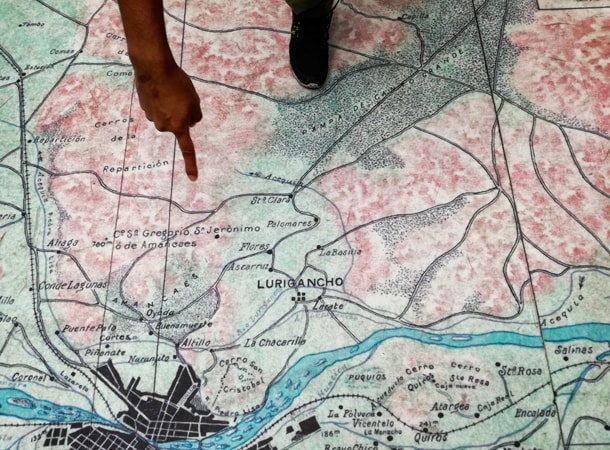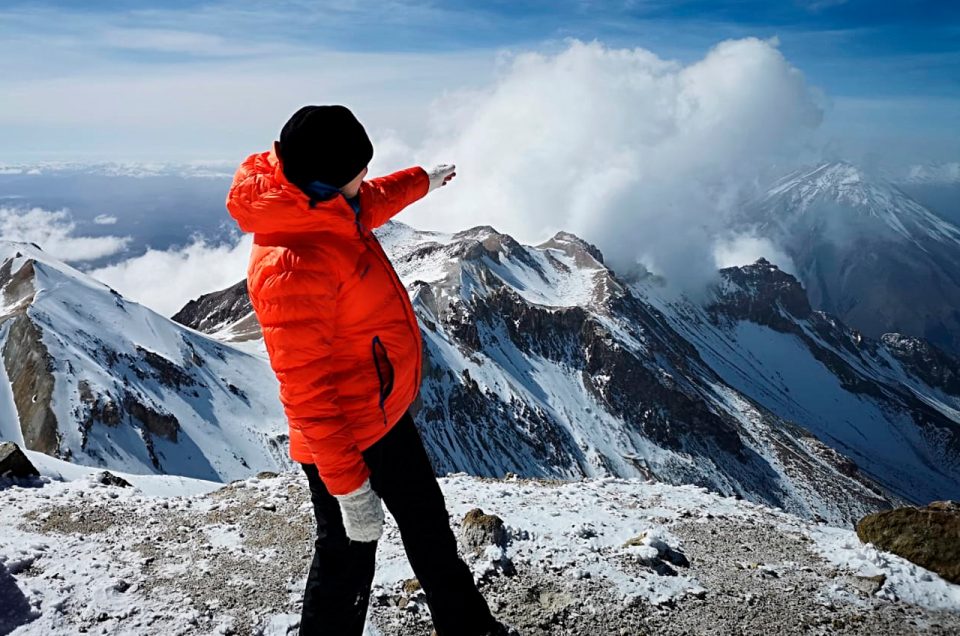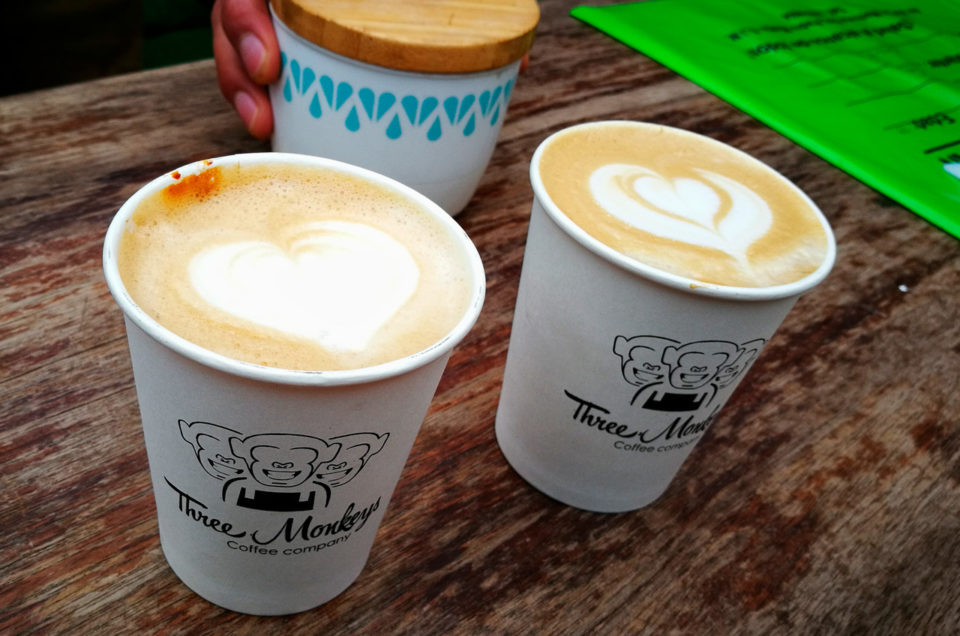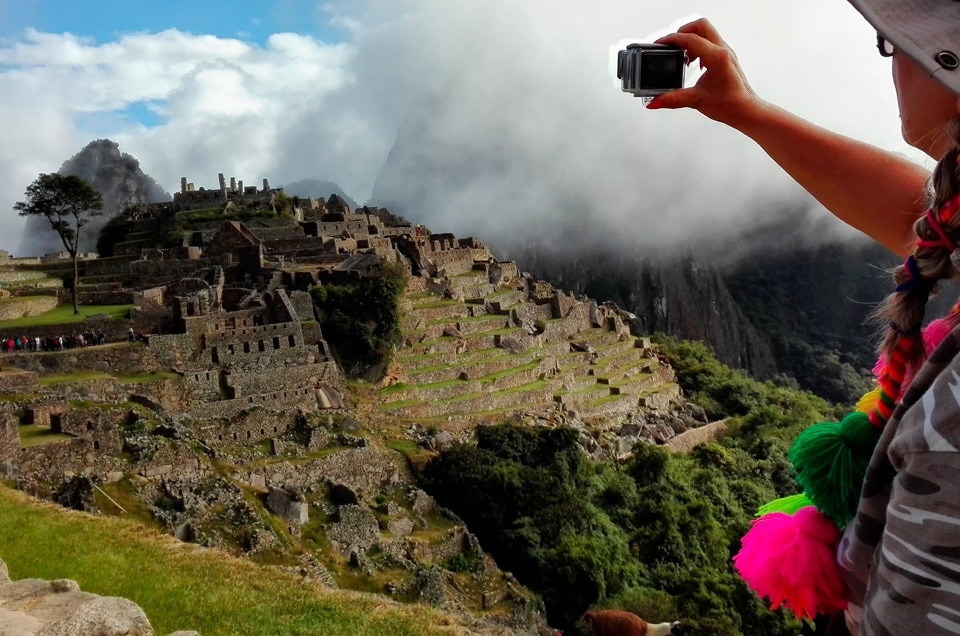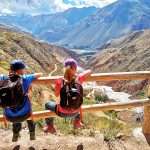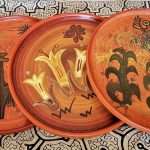Is it worth to stay in Lima? How many days do you need for sightseeing? What is interesting there to see? Below you can find few options and tips for 1 or 2 days stay in Ciudad de los Reyes (City of the Kings). Let’s start set of articles, Lima city guide.
Lima today, Ciudad de Los Reyes (City of the Kings) in old times, Pacific pearl, Peru capital. This is a place of many contrasts, where some piece of history is hidden behind almost each corner. When it was founded and by who? What is worth to see there? Today more about that.
Lima city guide, since when does it exist?
Before Lima…
First capital of Peru was not Lima, but Jauja. Here Pizarro had plans to build his center of authority. But he has changed his mind very quickly, because of Rimac river going through Lima and its pros. It was discovered by his team. All terrains around have reminded them conditions in Spain and it was easier for them to adjust to new situation. In Jauja for a change they have discovered multiple mountain ranges. The hard, cold mountain conditions and lot of rain in rainy season did not make good impression.
Apart from that, close distance from Rimac Valley to the coast allowed easier communication with different countries including Spain of course. It is worth to mention that in XVI century trip from Europe to Lima took around 18 months. If you would add on top of that hundreds of kilometers inland to cover to Jauja city, the whole trip would take additional few months.
It was important as well that in Rimac Valley there was a river. It was very important factor to build the city close to drinking water source. And of course if there is a water, farming is possible. That provides a key factor which is food.
Pizzaro did not wait long after discovering Rimac Valley on 18.01.1535 and decided to move capital from mountain regions to the coast.
You would think that it was great idea, perfect spot for a capital, but in reality it was not exactly like that. For almost half year there is no sun here and there is thick fog over the city with some random drizzle called garua. Pizzaro did not have a chance to see that since he had arrived in the area during summer time, in January. At this part of the year city is full of sun and there is no surprise that confiscator was amazed by this city.
Nowadays Lima has 11 million inhabitants. It is one of the biggest cities in Latin America. This is main financial, cultural and industrial center in the country.
From where Lima name is coming from?
At the beginning the capital had different name – Ciudad de los Reyes, City of the Kings. We do not know from where this name was coming from? One of the hypothesis is that it was close to Three Kings festival (6 January), another is that was to honour king of Spain – Karol I. It did not last till today and I have been change to Lima. From where this name is coming from? Probably it was taken from river that is going through the city, Rimac. The Spanish did not hear or did not say letter “r” and by deforming river name, they came up with “Lima”. There is also another thesis. It says that the name “Lima” is connected with lime which is fruit from this region and it is combination of citron and orange.
Lima city guide, what is worth to see?
The Peru capital is gigantic. It is not possible to get to know it within only few hours or days. It is quite difficult to travel within the city, because metro has only one line and the traffic is huge. It is worth before coming here to have some sightseeing plan to skip unneeded transfer. We can recommend few options, depending what interest you most – nature, museums or historical places from outside. We hope you will find here something interesting for you.
We recommend here two major parts of the city (located quite far away from each other):
Old city region, Plaza Major (former Plaza de Armsas) and its surroundings: Miraflores and Barranco districts.
If you like sacral places and museums, we recommend you visiting 3 places in the old city area!
- Convento San Francisco (San Francisco Church). Here you can see famous painting “The Last Supper” with the guinea pig on the plate. There is also rocoto, aji amarillo and few potatoes included on the paining. You can find few more interesting differences with original version of this piece of art. You can find here also library with the oldest books in the country and underground cemetery.
- La Catedral de Lima (Lima Cathedral)
From all the attractions underground cemetery is worth to mention, Francisco Pizarro grave and gifts from John Paul II who visited Peru twice in 1985 and 1988. If you are interested in sacral art, you can combine cathedral visit with Archbishop Palace (Palacio Arzobispal de Lima). You will find here many paintings from Cusco’s and Lima’s art school and also antique, different style furniture. - La Basílica y Convento de Santo Domingo (Bazylique and Saint Dominik Monastery).
This is complex of sacral buildings under the patronage of Señora del Rosario located close to Plaza Major. Here Saint Mark University (La Universidad Nacional Mayor de San Marcos) has been created. It is the oldest university in Latin America and first in Peru. It has been created in 1551, but started its activity in 1553. In the place you can get to know all Peruvian saints including Saint Martin de Porres and Saint Rosa.
If you are more interested in secular places, we recommend two points in the old city area.
- Casa de la Literatura Peruana, Peruvian House of Literature. This building has very interesting history which is, what is even more interesting, connected with polish people. There were farming fields here and grain containers earlier. After conquering Peru by Francisco Pizarro, church has been built here and later the monastery called Virgen de los Desamparados. Later first train station has been built here as well (polish engineer Ernest Malinowski were the constructor of the rail roads Lima – Callao in 1851 and Callao – La Oroya in 1870). It has been destroyed in 1907 due to fire and rebuilt in 1912. This building can be seen in Lima till now, just at the back of Presidential Palace (Palacio de Gobierno). In this building on 20.10.2009 Peruvian House of Literature has been set up. Its door is open to anyone willing to get familiar with Peruvian writers. You can find here also publications from Mario Vargas Llos or polish engineer Ernest Malinowski. You can read more about Ernest Malinowski and trans Andean rail here.
- Casa de Correos y Telegrafos (Main Postal Office) This building has been built in 1897 and it is constructed with French design. Main postal office has been located here. Today you can find here Postal and Philately Museum. You can see here postal exhibitions and also some history of Lima. Casa de la Gastronomia Peruana and culinary museum are located here as well. Everyone who likes culinary topics would be satisfied for sure. Peruvian cuisine is one of the most famous cuisines in the world, so it is worth not only to taste those dishes, but also to learn history connected with them. I like this place also because of the floor in main hall. Just after entrance there is huge size Lima map from XIX century. It is worth to put feet on it and see the city from different perspective.
If you are not big fun of museums and you prefer to watch buildings from outside or prefer landscapes, we recommend you another set.
- Walk in Miraflores or Barranco district
- Walk on Main Square – Plaza Major (former Plaza de Armas)
- Walk on Puente de Piedras bridge
- Walk on San Martin square
Walk in Miraflores or Barranco district
Everyone who loves walking should visit Miraflores district and have few hours trek through promenade in upper part of this area (through all the parks). Afterwards close to the Ocean. It is worth to see those two parts since from each another view is available. Along the way stop by at El Lugar de la Memoria, la Tolerancia y la Inclusión Social (LUM). It is free museum where you can get much useful information (only in Spanish). One of the interesting items is original fax send by Peru president to resign from presidency in 2000 – Alberto Fujimori. Original, right?
Walk on Main Square – Plaza Major (former Plaza de Armas)
Walk on Main Square is Lima is attraction itself, especially if you get to know history of the buildings. Colonial architecture, beautiful details and walls colors can fascinate. If you are there take a look on following buildings:
Fuente de la Fama
In the central place in the square there is a fountain (Fuente de la Fama) called also Angel de la Fama. Why is it unique? This is the oldest element in this part of the city which survived all earthquakes. Currently we can see version from 1650. First fountain has been built 21 Dec 1578. It was ordered by Francisco de Toledo – vice king. It was made out of bronze, within 8 months. On its back side there is Spanish emblem. That is why 21 Dec is a holy day of the fountain.
Unfortunately in 1650 the original fountain has been replaces with other one, the one you can see nowadays. The monument itself reminds angel with the trumpet, but this is not that. This is goodness with wings FEME – in Greek mythology the one representing gossip and fame. Feme cult has been used also in Roman mythology as Fama. In 1900 monument fall down during reconstruction works. In this place copy has been created in 1997 with 1.43 height and 145 kg. Author of the copy needed to make 6 attempts to create proper version of the statue.
There is interesting information connected with this place. Instead of water there is pure pisco (traditional Peruvian alcohol) floating out, around 40%. It is around 2 liters of pisco available to anyone during Pisco day. National Pisco day is being celebrated since 1999 at fourth Sunday of July. More about this cocktail in article “Pisco Sour, national Peruvian drink. What do we know about it”?
Palacio de Gobierno (Presidential Palace) called also Casa de Pizarro
During pre-Spanish times there was Kuraki Taullichusco Palace located here (Rimac Valley administrator during Inca times). After Spanish arrival, this terrain has been taken by Francisco Pizzaro. He has built here his residency in 1535-36. After his death, Peru vice king moved here and rebuild palace a little. It was damaged many times during earthquakes. Today’s version has been built in 1937-38. Since 1939 it is location for Peru President and his government.
While looking at the buildings on Main Square in Lima it is worth to remember that some of them have been designed by Polish architect, Ryszard Małachowski. The same case is with Presidential Palace. Ryszard Małachowski arrived in Lima 22 Dec 1911. Since 1912 he was working as professor in Engineering School (nowadays National University of Engineering) where for 33 years he was teaching few generations of architects. On his design/implementation list we can find: Presidential Palace (with cooperation with French architect Claude Sahut), Archbishop Palace Fasade (Palacio Arzobispal de Lima), City Hall interiors – all those buildings can be seen on Plaza Major. Another art by Małachowski close to Plaza Major: City Theater Fasade (Teatro Municipal de Lima), Congress (with cooperation with French architect Emilio Robert) and also National Club (Club National Lima) at the Plaza de San Martin and Casa Roosevelt (called El Edificio Rímac). Ryszard Małachowski died in 1972 in Lima.
Walk on Puente de Piedras bridge
Bridge itself is not something unusual, but it is worth to have a walk on it. It is located just behind Prezydencial Palace. From here you will have great view on Rimac river (in dry season there might be only small creek) and San Cristobal hill which is covered with colorful buildings. From the top you can see big part of the city. The area is not too safe, so walking in this part of the city is not the best idea. There were lot of tourist buses here before, but after accident in which few people died, the route has been closed. The safest way is to get a taxi – around 20 minutes ride.
Walk on San Martin square
San Martin (Argentinian) is one of the most important people from independence time in Peru. Thanks to him Peruvians got back their independence, individual country. It took place on 28 July 1921 when he announced at the Plaza Mayor that since now Peru is a free country. You can see this hero’s monument at the square.
Apart from that the square is surrounded with colonial buildings, nowadays used by hotels, restaurants, banks or business centers. It is worth to look at the National Club designed by Ryszard Małachowski.
Another interesting place is Bolivar hotel. That was the first, modern hotel building in Lima which was main base for guests celebrating 100 anniversary of Ayacucho battle in 9 Dec 1824. This battle has finished the Spanish times in Peru. Thanks to Antonio Jose de Sucre Peruvians won this fight and Jose de Canterac leading the Spanish and vice king Jose de la Serna were taken into prison. The agreement was that Spanish forces will leave Peru and Bolivia. That was end of Spanish era in Latin America. Last Spanish corps has left South America in 1826.
Do you want to check what expenses are awaiting you in Lima? More details can be found in article Prices in Peru. Entrance tickets cost in Lima.
This is only small part of interesting attractions in Lima. Sightseeing only those places requires 2 days, especially if you are doing that with good, local guide. You can fall in love with Lima. If you think that this article is helpful, share it. Leave you comment, share you experiences and most favorite places in capital of Peru.

